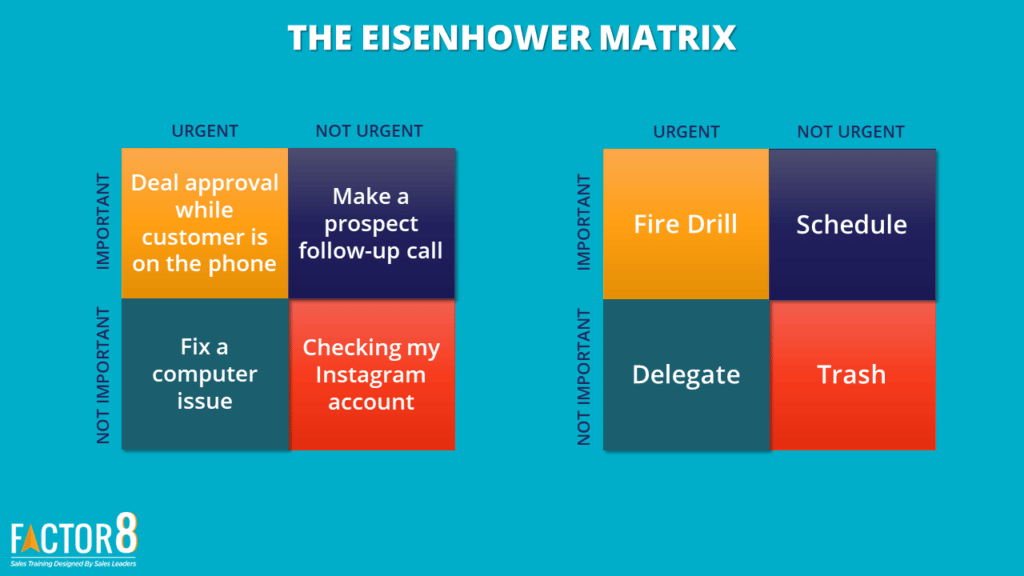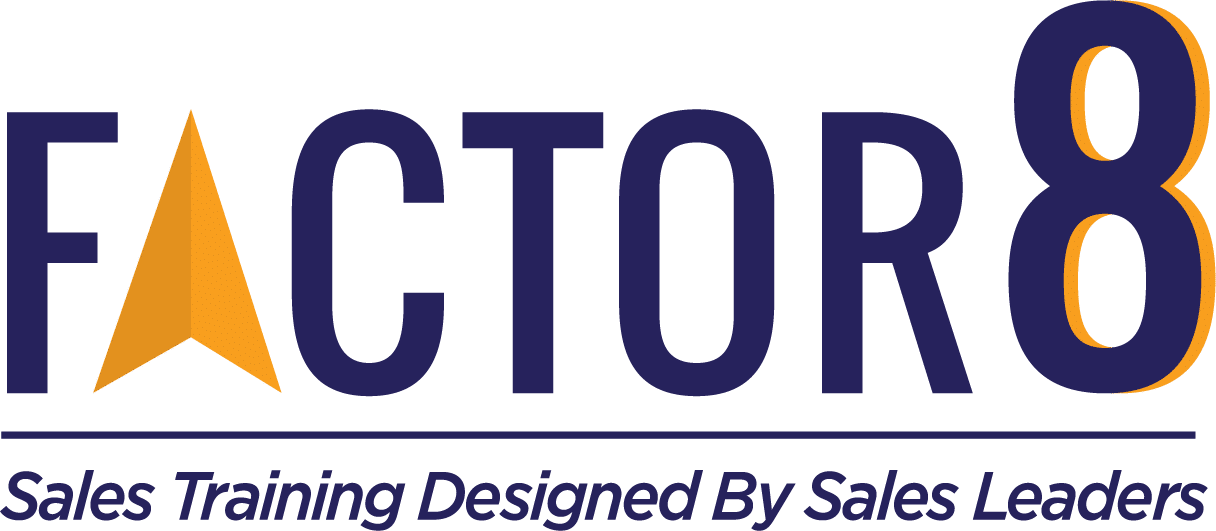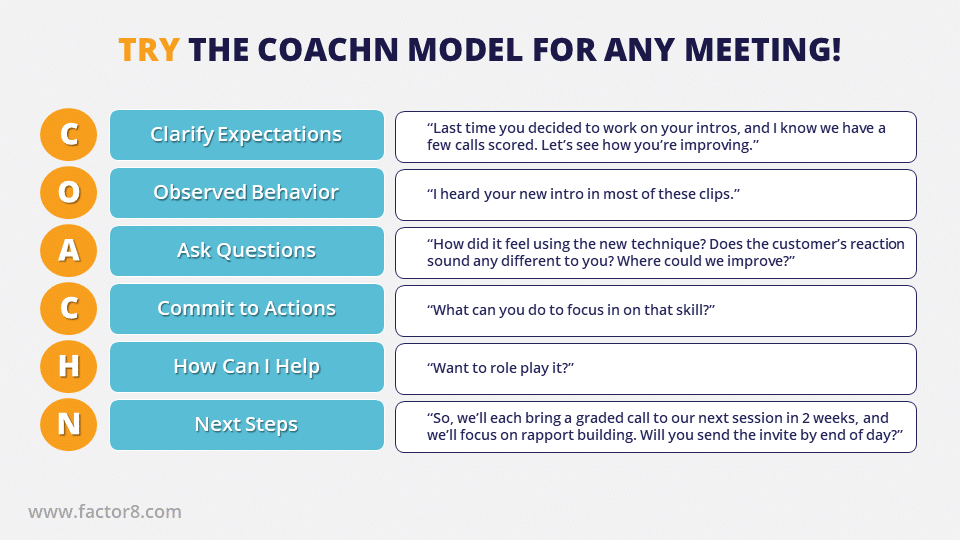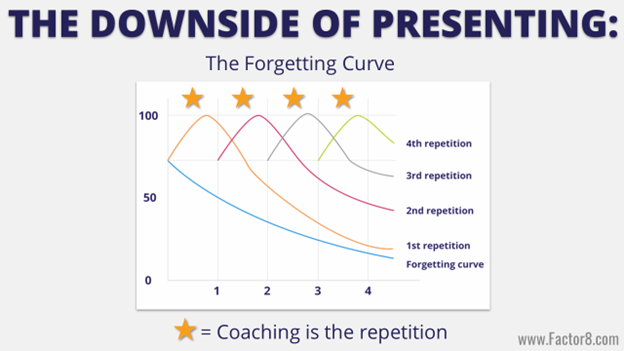Build Your Sales Manager Cadence (& Save Time and Stress)
Sales Management is the busiest, most overwhelming job in the world (right?!) And that was before most of us went remote.
It’s no wonder so many new managers hit a wall and ask themselves, “Did I make a mistake getting into management?” Trust me, you’re not alone.
But it doesn’t have to be this hard. One of the biggest game-changers for managers is building a cadence, or a system, for how and when you engage your team. Like sellers need a sales process, managers need a management process. This is how you take back control of your day, stop fighting fires, and get back to why you took this job in the first place: to develop and lead people.
Here are 5 things to help you take back control of your day (and learn to love being in management!) Let’s dig in.

No More Whack-A-Mole
If your day feels like playing whack-a-mole with Slack pings, rep questions, and customer escalations, you’re not alone. These are what I call “jello days”, days that feel messy, unstructured, and impossible to control.
Picture trying to nail jello to a wall. That’s how sales managers often describe their days. No matter how hard you try to stick to your plan, something always slips, shifts, or melts away. It’s reactive chaos. You’re busy all day, but not moving anything forward. You’re putting out fires, answering questions, jumping into calls, but not doing the proactive work that actually drives results.
It’s exhausting. And it’s not why you got into leadership.
Most of us became managers because we love seeing others win. But when you’re stuck in jello days, that purpose gets buried under a pile of “got a sec?” interruptions and endless meetings.
So what’s the fix? A structured cadence. Organizing your week around proactive touchpoints like coaching, huddles, and strategy sessions helps you take back your time and lead with intention.
Here’s the difference between reactive and proactive tasks:
Reactive:
- Reading your email
- Tending to the line at your desk
- Helping reps with questions and issues
- Creating reports for the boss
Proactive:
- Calling a morning huddle
- Planning the team meeting
- Pulling a rep into a strategy meeting
- Coaching!
Want your life back? Prioritize the proactive.
READ: How to Run Successful Sales Rep 1:1 Meetings
Plan Ahead
I literally pull out a Post-it each day and write down the one thing I must do. I don’t leave until that’s done. It’s simple but powerful.
The magic formula:
- Identify your top priorities
- Build them into your calendar
- Do your one thing first before opening your inbox
This discipline is what separates high-performing managers from the rest. The best don’t just exceed team goals. They get more of their team to quota, reduce attrition, and consistently coach. That doesn’t happen by accident.
READ: The Best Sales Coaching Questions Ever
Create a Cadence
Let’s break the myth. You don’t need to cover everything in one meeting. It doesn’t work. Instead, you need a sales manager cadence, a system of regular, focused meetings that make everything more efficient and effective.
Here’s the cadence I teach:
- 1:1 Meetings (Monthly) – Focus on performance. What happened last month? What’s the plan this month? How are we tracking? Then shift gears. This is also your chance to connect and coach.
- Call Coaching (2x/month) – Small groups (no more than 3). This is real coaching. Feedback on call execution, not just listening together.
- Sales Huddles (2x/week) – Stand-ups with energy. Talk goals, wins, contests, and questions. Keep it short.
- Pipeline Meetings (2x/month) – Stop doing these 1:1. Make them group sessions. It builds accountability and saves you hours.
- Sales Strategy Sessions (Ad hoc) – When someone’s behind, this is your chance to step in and help with deal, territory, or lead strategy.
- Team Meetings (1x/month) – Focus on culture, recognition, and updates. Make them worth showing up for.
- Quarterly Career Reviews (1x/quarter) – Go deep on development. Celebrate progress, talk about career goals, and lay the foundation for retention.
Calendar It or Forget It
Now, make it real. Start with a blank calendar and schedule your cadence:
- Block quarterly reviews
- Add monthly 1:1s and team meetings
- Layer in weekly huddles and coaching
- Leave half your day open for the inevitable reactive stuff
Don’t over-schedule. Try to keep your total meetings under four hours a day. The other half of your day will get eaten by the unexpected, so plan for it.
Once it’s on your calendar, protect it. This is your new system. If you move meetings around, your team will too. When your reps know when they’ll get your attention, the “drive-bys” stop, and they’ll start saving their questions for the right time.
Send out the invites. Include prep expectations and agendas so everyone shows up ready. And if they don’t? Don’t let it slide. Your calendar only works if your team respects it — and they’ll follow your lead.
DOWNLOAD: Successful Sales Manager Meetings
They Aren’t All Fires
You don’t have to answer every rep question in the moment. In fact, doing that all day is exactly what’s keeping you in firefighting mode. Start redirecting those interruptions into your existing cadence.
Try phrases like:
“I did hear your call. Nice job. Let’s break it down during coaching.”
“Can we talk about that in tomorrow’s huddle?”
“I’d love to help, but I only have three minutes right now. Can you bring this to our 1:1?”
Reps will always take the path of least resistance. If you make yourself available 24/7, they’ll keep coming. But if you push conversations into the right meetings, they’ll start to respect your time—and even come more prepared.
Lauren calls this “guarding your time.” The requests won’t stop, so you have to stop them.
This is where the Eisenhower Matrix comes in. It helps you quickly sort out what’s:
- Urgent and important (you handle it)
- Important but not urgent (you schedule it)
- Urgent but not important (you delegate it)
- Neither (you trash it)
Urgent usually means there’s a time-sensitive deadline. Important means it impacts results or revenue. Just because something feels urgent to someone else doesn’t mean it is.
Building the muscle to decide what gets your time is one of the most critical skills a manager can learn.

Building your sales manager cadence will give you back your day and maybe even your life. It creates structure, accountability, and clarity for your team. And it lets you do the thing you wanted to do when you took this job: lead.
Try the cadence. Try it for one month. I’ve gotten hugs around the world for this structure, and I hope it helps you too.
And if you’re not sure where to start? We’ve got cheat sheets, templates, and a full class in The Sales Bar to help you Own Your Day and run every meeting like a pro.












